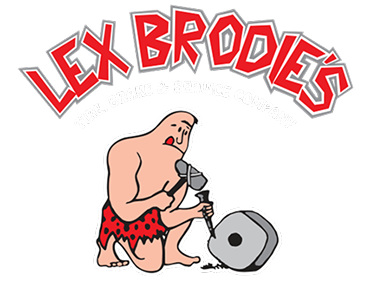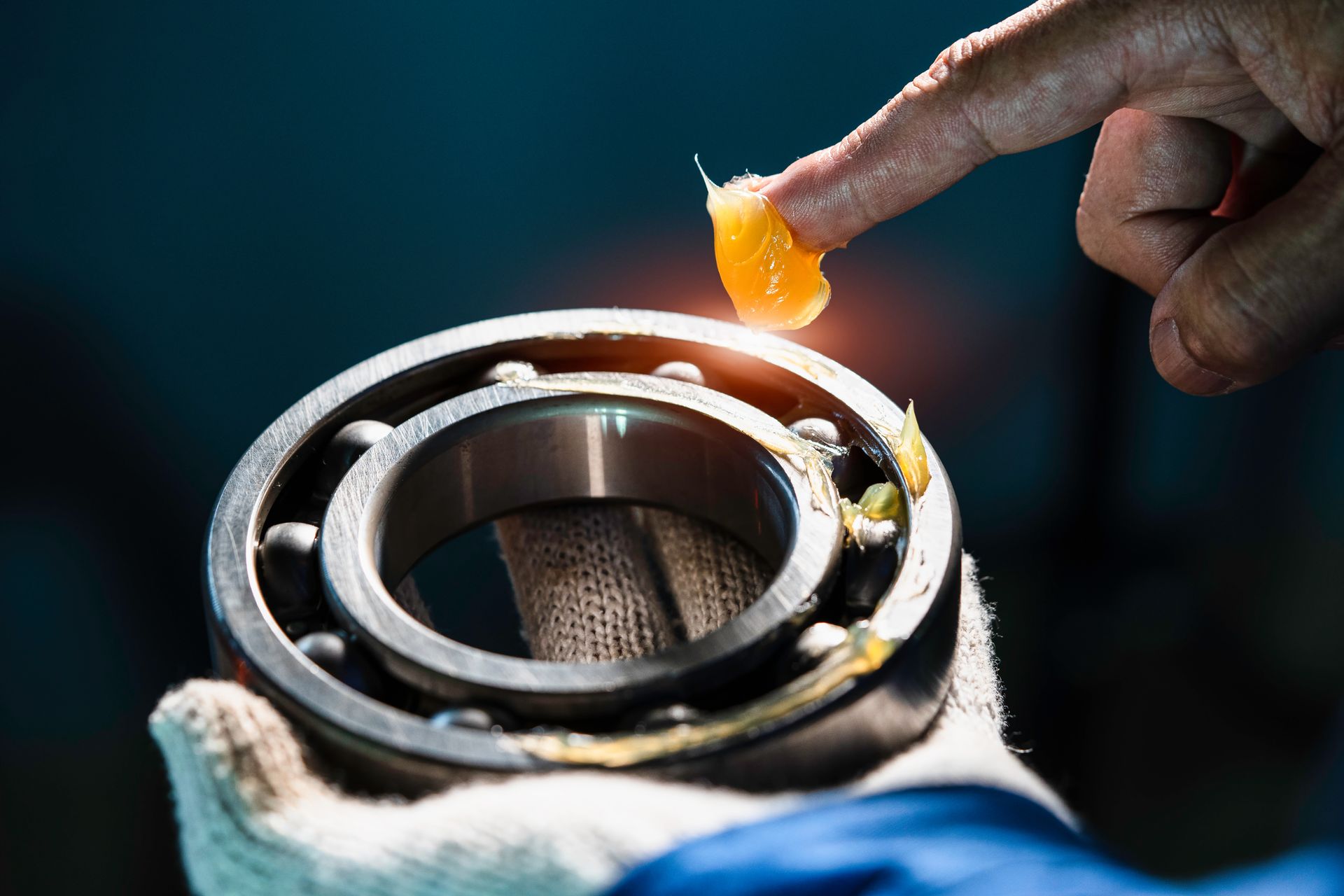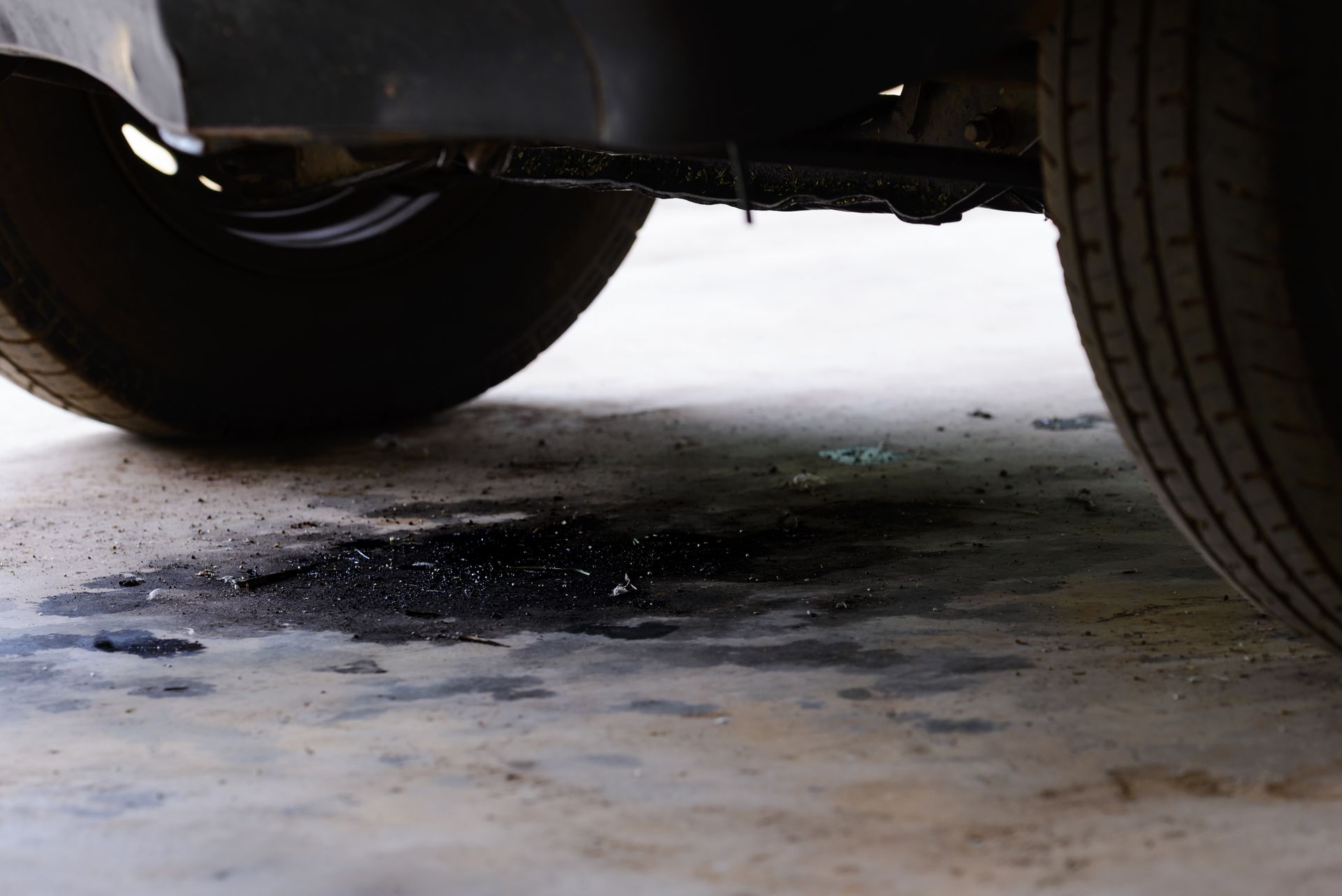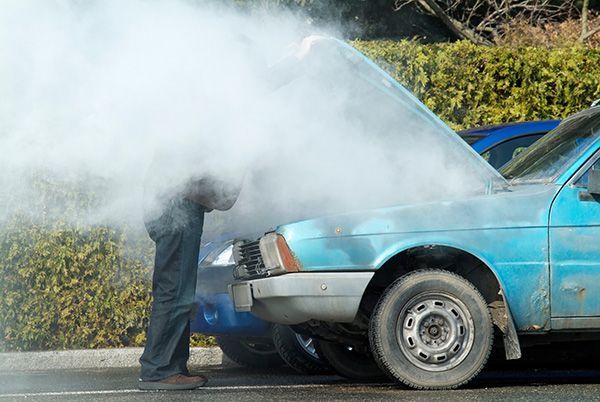How To Air Out the Brake System - 9 Simple Steps
February 28, 2024
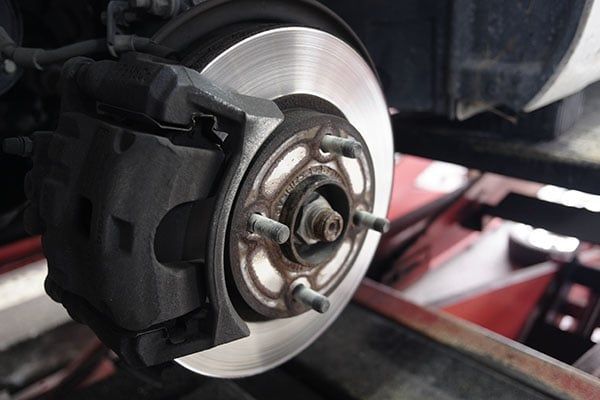
Maintaining your vehicle's brake system is crucial for safe driving and optimal performance on the road. Over time, air can become trapped in the brake lines, leading to a spongy brake pedal and reduced braking effectiveness.
Airing out the brake system, also known as bleeding the brakes, is a simple yet essential maintenance task that every car owner should know how to perform.
1. Gather the Necessary Tools and Materials
Before you begin, gather all the tools and materials you'll need for the job. This includes a bottle of fresh brake fluid, a wrench or socket set, a clear plastic hose, a catch container, and a friend to assist you with the bleeding process.
2. Park Your Vehicle on a Level Surface
Find a flat and level surface to park your vehicle and engage the parking brake to prevent it from rolling. Ensure the transmission is in Park (for automatic) or in gear (for manual) to secure the vehicle in place.
3. Locate the Brake Bleeder Valve
Locate the brake bleeder valve on each brake caliper or wheel cylinder. The bleeder valve is typically located on the back of the caliper or cylinder and may be covered by a rubber dust cap.
4. Prepare the Brake Bleeding Setup
Attach the clear plastic hose to the bleeder valve and place the other end into the catch container filled with a small amount of brake fluid. This setup will allow air and old brake fluid to be expelled while preventing air from re-entering the brake system.
5. Begin Bleeding the Brakes
With the help of your assistant, start at the brake farthest from the master cylinder, usually the rear passenger side, and work your way to the closest one, typically the front driver side. Instruct your assistant to press and hold the brake pedal firmly while you open the bleeder valve.
6. Monitor Brake Fluid Level
Throughout the bleeding process, monitor the brake fluid reservoir and top it off with fresh brake fluid as needed. Keep the reservoir from running dry to prevent air from entering the brake system.
7. Repeat the Bleeding Process
Repeat the bleeding process for each brake caliper or wheel cylinder until clear brake fluid flows steadily through the clear plastic hose without any air bubbles.
8. Tighten the Bleeder Valves
Once all the brakes have been bled, tighten the bleeder valves securely to prevent leaks. Remove the plastic hose and wipe down the bleeder valves to clean off any brake fluid residue.
9. Test Drive and Verify Brake Performance
After airing out the brake system, take your vehicle for a test drive to ensure the brakes are functioning correctly. Pay attention to the brake pedal feel and responsiveness, ensuring there are no sponginess or issues with braking.
Common Reasons for Air in Brake System and Prevention Tips
Air in the brake system can lead to a spongy brake pedal feel and reduced braking performance. Here are three of the most common reasons for air in the brake system and the best tips to avoid them:
1. Brake Fluid Leaks
Brake fluid leaks are one of the primary causes of air entering the brake system. Leaks can occur due to deteriorated brake hoses, damaged brake lines, or faulty seals in the master cylinder or calipers. When brake fluid leaks out, air can be drawn into the system, resulting in air pockets that compromise brake performance.
2. Improper Brake Bleeding Technique
Improper brake bleeding technique during routine maintenance or brake system repairs can introduce air into the brake lines. Inadequate bleeding procedures or failing to follow the manufacturer's recommended bleeding sequence can leave air pockets trapped in the system, affecting brake pedal feel and responsiveness.
3. Contaminated Brake Fluid
Contaminated brake fluid, such as fluid contaminated with moisture or debris, can lead to air buildup in the brake system over time. Moisture can enter the brake fluid through worn seals or improperly sealed brake fluid reservoir caps, while debris can accumulate in the fluid from dirty brake components or improper handling.
Having trouble doing it on your own? Don't worry, we don't blame you! Call LexBrodies , and we will schedule you for a visit ASAP.




